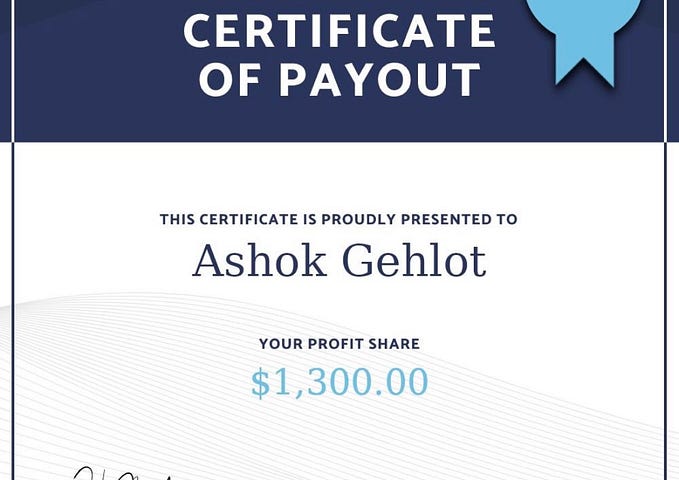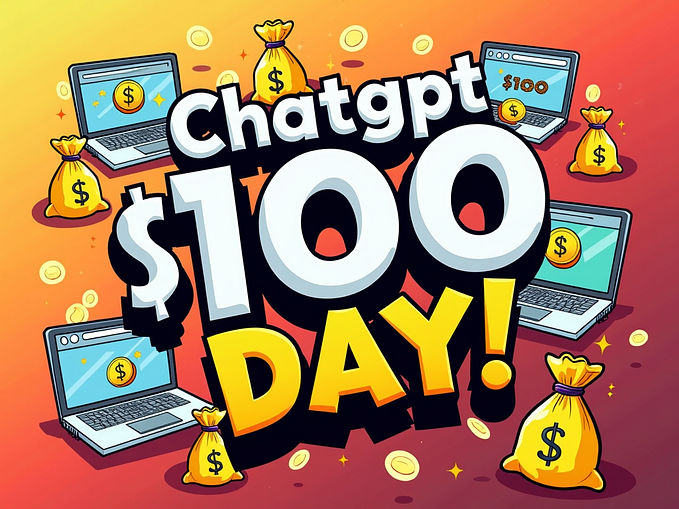
Options, crypto options, and Neuron Fund
What is an option?
An option (we’ll only be considering vanilla options in this short article, leaving the binary, ceiling, and other synthetic types outside) contract is an agreement between two parties to facilitate a potential transaction (purchasing or selling) on some underlying asset at a preset price, referred to as the strike price, prior to the expiration date.
A call option is a right to purchase some asset, and a right to sell is a put option. We’ll cover it later.
Options expire on Fridays — to make for a wonderful, stress-free (or the opposite) weekend; crypto markets, despite trading 24/7, usually respect this tradition. An option can be exercised, e.g. the right to buy/sell is literally exercised by the contract’s owner, leading to a transaction.
An option contract may be bought and sold (for a price, of course — it’s usually called an option’s premium) — with the latter meaning one is being the counterparty: if someone exercises a call option, they will get the asset while the seller will be obliged to sell it (or do a short sell — borrow it for a fee to sell; an obligation’s an obligation, after all). Vice versa for put options: one exercising the option sells the asset with put-seller being assigned; however, an option seller captures the premium on accepting the deal.
American and European style
American and European options are mostly identical apart from one point: owners of American-style options may exercise it at any time before the option expires. On the other hand, European-style options may be exercised only at expiration.
The strike price, moneyness
The strike price of an option is the price a put or call option can be exercised at. It is also known as the exercise price. Picking strike price is one of two key decisions (the other being time to expiration) an investor or trader must make when selecting a specific option. Strike price has an enormous bearing on how an option trade will play out.

Another important parameter is option’s moneyness:

It should be noted that an ITM (in-the-money) option is in an overwhelming majority of cases priced higher than an OTM (out-of-the-money) one. It’s not in the least because of intrinsic value (Value at expiration on the chart above) — as opposed to extrinsic value catching the not-so-obvious part of an option’s premium (time value and volatility/proneness to big price moves), this one’s easy: it’s the absolute difference between an option’s strike price and current asset price: | StrikePrice-AssetPrice |.
How much is the (call option on that tuna) fish?
As we’ve just discussed option’s intrinsic and extrinsic values, we’re bound to marry tell you a thing or two on option pricing.

Don’t mind the typo in the risk-free rate (oops, now you’ve seen it), WSMojo’s done an awesome job at explaining the constituents! So, while intrinsic value is the difference between the strike price and the underlying asset price, the extrinsic part is the option’s “real”, almost-tangible value comprised of its time and volatility values.
Think of it the following way — you’re either buying an insurance policy or selling it (as an insurance company); time value would be the length of your policy, and your coverage will be ~volatility value. So, you’re invested in the ability to make a choice now or in the future (but only if you’re American! Not an offense, please refer to option styles above).
If something can be calculated at scale, it needs an input and an output. Options got this in spades, and the most popular way of price calculation (option pricing, as such) is the Black-Scholes-Merton equation, described in great detail by CFI. It’s not for the math-uninitiated (albeit not the most complex one), here’s a sneak peek:

Basic strategies and payoff diagrams
As we’ve stated in the introduction, an option is a right to buy (call option) or sell (put option). Then we mentioned that an option can be bought or sold. So, how many option transaction types/strategies are there?.. I hope you’re up for some serious math:2^2 = 4. That's right, there are a total of 4 basic option strategies:
- Bought (long) call option
- Sold (short) call option
- Long put option
- Short put option
Now, it’s time to move on to the next (and maybe the main) thing to understand options: payoff diagrams. These are mathematical charts with a quirk: x axis is the asset’s price, and y denotes the user’s profit or loss. Let’s delve into those!

A little style change to keep boredom at a minimum…



A summary chart to print out on one’s wall:

(Reference on option strategies)
Complex (spread) option strategies
It’s paramount to say that anything that can be combined (say, peanut butter & jelly, or doing a short transaction on a call option — do you recall it being a sale of a right to buy the asset?) can be combined on a higher level; option positions are no exception. Positions with different option types, strike prices, expiration dates can be combined for an almost infinite amount of possibilities — options trading is in essence like playing chess, art as much as a science: there’s an optimal position for every situation.
A guide on complex option strategies, called spreads (an individual position in a spread is called a leg — so legs should be spread wide, ahem, diversified!), for the interested can be found at O’Reillys Bible of Options strategies.
(Geeky stuff) Greeks and derivatives
Another level of option initiation is getting to know the greeks: delta, gamma, theta, vega, and rho.

Delta is a measure of option price’s sensitivity to a one-point move in asset’s price (mathematically it’s the first derivative of an option’s price): ΔOptionPrice/$1(AssetPrice)
Gamma is logically (it goes after delta), a second derivative. It denotes changes in delta per one point of asset’s price: ΔDelta/$1(AssetPrice)
Theta: an immensely important greek. It’s how much an option changes in price per day, and it goes down as expiration moves closer. Below is a basic chart of an option’s value decaying.

Vega is option’s sensitivity to an underlying asset’s change in volatility. Usually, higher near the strike price recedes nearing expiration. A great visualization by QC is below:

Even more on option greeks at QuantConnect and Investopedia’s excellent write-ups.
Synthetic options
Standing upon put-call parity, another advanced concept rises sternly — synthetic option positions. Those are a way to recreate traditional option payoffs using positions in underlying assets:
- Synthetic call = Long(Underlying) + Long(ATM put option)
- Synthetic put = Short(Underlying) + Long(ATM call option)
And this stands because of the aforementioned put-call parity equation, holding for European-style options:
C+PV(x)=P+S (Synthetic call) / C-S=P-PV(x) (Synthetic put), where
C = call premium
PV(x) = present value of strike price
P = put premium
S = underlying asset price
An example
Practice is the best way to learn, so let’s do it with an example (we’re not using BSM equation now):
- You are interested in a 3-month Ethereum options contract, with a strike price of $3,000 and a premium of $350 (ETH is at $2,750 now, so your extrinsic value is $100 with $250 intrinsic value)
- You decide to buy two options contracts — so you pay a total premium of $700.
- On expiration, Ethereum expires at $3300. That’s more than your options’ intrinsic value, yet you’re at a small loss because of extrinsic value being considered.
- But hey, you could sell it (American-style, remember) all the way! Welcome to the concept of purchasing and preserving optionality 📊
Crypto options
Cryptocurrency options are basically the same as fiat with two notable differences: being traded 24/7 and higher (a lot higher sometimes) average volatility. However, they are not inherently “better” or “worse” — those are all just instruments.
Off-chain crypto options are traded on:
On-chain platforms:
Option Pools at Neuron Fund
It’s an excerpt of our option docs article.
Generally, a Neuron Option Pool earns yield on its deposits by running a weekly automated options strategy for collecting premiums and reinvesting the proceeds back into the strategy, effectively compounding the yields over time.
Neuron Pools run two options strategies to generate yields:
- Covered call — this pool writes out of the money covered calls;
- Put selling — this pool writes out of the money collateralized puts.
Covered Call strategy
The covered call strategy is a unique option strategy where you earn yield for selling the potential upside of an asset. For example, if you are willing to give up the potential upside of ETH going above $25k by the end of the year, you can get paid 2% in yield for selling a $25k call option. This is over 10x the yield you can earn by supplying ETH on Compound.
In the unlikely case that ETH goes to $29k, you’re up in USD yet giving up that potential $ 4k — still a favorable scenario for one because he/she only risks getting exercised when ETH skyrockets.
Payoff diagram for a covered call strategy. Notice HODLing can still yield more on price mooning.
Short Put strategy
A short put is virtually the same with a little quirk — the pool is selling out of money put options secured by collateral for a premium; the payoff diagram is the same.
If the covered call gets assigned, the asset (e.g. WETH) gets “sold”; if assignment happens running a short put strategy — collateral is swapped for the asset at the strike price.
So, say, if an ETH put option has a strike price of $25k, and ETH drops to $23k on expiry — a user may suffer a loss of CurrentPrice — StrikePrice + OptionPremium, with option’s premium offsetting (and sometimes even exceeding) the adversary price difference.
Strike Selection and Expiry
To further reduce the risk of our options getting exercised, we can sell call options that expire sooner rather than later, because of how difficult it is to predict how ETH could perform over a longer time frame. Our initial pools will sell weekly call options, meaning we can adjust our expectation of ETH’s price on a weekly basis. This also has the nice side effect of letting us compound our premiums more frequently.
Weekly options are the best for one more reason — theta (one of option’s “greek” parameters, basically ΔOptionPrice/ΔTime) decay is highest with short-term options, so our time-premium collecting efficiency is sky-high:
Secondly, we need to select strike prices that are far enough from today’s spot price to reduce the risk of exercise. The current methodology for strike selection and backtests show that the options get exercised less than 5% of the time from Jan 2020 to today, even throughout the entire run up of ETH from $80 to $2000.
Technical Architecture
Option Pools rely on Opyn oTokens and own options implementation. oTokens are ERC20 token representation of an option contract, each having a strike price and expiry. Neuron Option pools are next-gen, though: they’re composable in a sense that they allow for choosing an asset to provide as collateral from a hefty list.
Owning oTokens/Neuron option tokens is functionally equivalent to owning a vanilla option contract. This gives the holder the right to redeem some amount of the underlying asset if the strike price is hit.
In order to run an option writing strategy, the Option Pool needs to be able to mint and short oTokens. The Pool uses the users’ deposited funds to lock collateral into Opyn + mint oTokens, then sells them for a premium. The Pool’s collateral will be locked until the oToken expiry. This collateral is used to pay off oToken holders in the case options expire in the money.
To facilitate the week-by-week operations of Neuron Option Pools, there is a privileged role called the Manager. The Manager is responsible for:
- Selecting the parameters of the oToken to mint, i.e. strike price and expiry;
- Signing an oToken OTC sale on behalf of Neuron Option Pool.
In collaboration with option market makers, below is a diagram of how an options sale is conducted:

The net result of this process is that Neuron Option Pools receive premiums in return for writing oTokens. It means that the Pool’s balance will expand over time as premiums are collected and compounded.
So, Neuron Fund offers active management, lower gas fees compounding and risk offsetting. We look forward to expanding our option yield-generating strategies’ space, as well as integrating with more on-chain option platforms.
Join us at Neuron Fund, the blockchain-native fund!
Stay updated on:
Twitter: https://twitter.com/neuronfund
Discord: https://discord.com/invite/SFasvmAwSr
Telegram: https://t.me/neuronfund







